How to prune basil – and the best time to do it
Find out how to prune basil the right way for healthy, bushy plants that last longer


Knowing how to prune basil correctly will mean the difference between you having a healthy, bushy plant that keeps producing delicious big leaves for your homemade dishes, pestos and salads, and one that turns leggy and spindly, with tiny, less flavorsome leaves.
If you've regularly bought or grown basil plants for them to only wither and die, or turn unhealthy and sparse, pruning is probably where you are going wrong. Pruning basil correctly is essential for successfully mastering how to grow basil – so it is important that you get it right.
It is an important task in the care of your basil plant, so find out how to get it right – and add this lovely herb to your other herb garden ideas.
How to prune basil
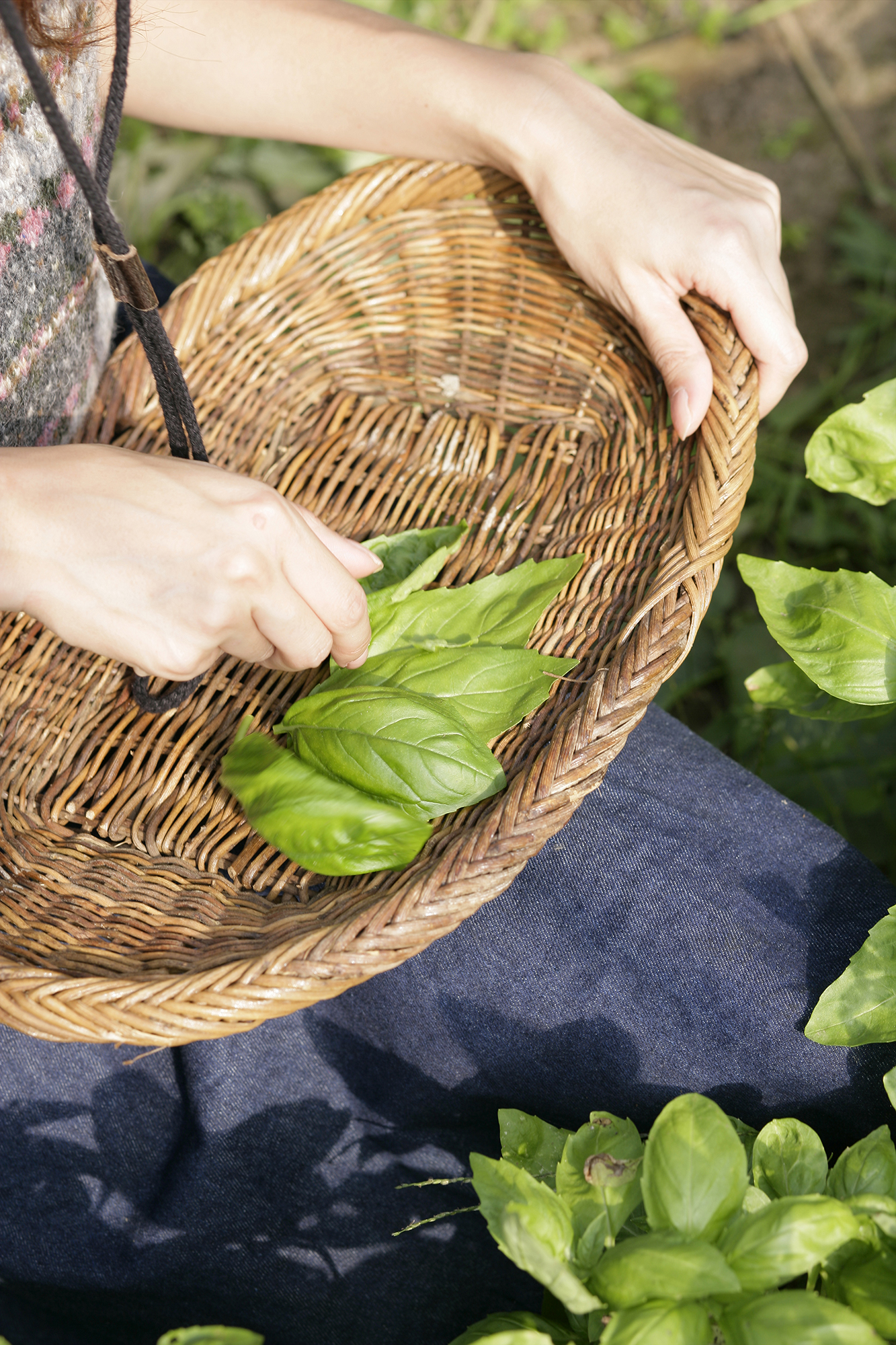
If you're new to growing this fragrant and versatile herb, or even if you have grown it before but without much success, the key is knowing how to prune basil correctly.
You DON'T want to pick off the biggest leaves growing at the bottom of the basil plant as these are the leaves that absorb the most sunlight to help the plant grow.
You DO want to take the leaves growing on the top of the plant – even if they are not as large. This is because by removing leaves at the top of the basil plant, you will allow the plant to create new branches growing outwards, encouraging it to grow wide and bushy rather than tall.
Knowing how to harvest basil and when to harvest basil will also ensure you can continue to reap the rewards of this fragrant herb.
Design expertise in your inbox – from inspiring decorating ideas and beautiful celebrity homes to practical gardening advice and shopping round-ups.
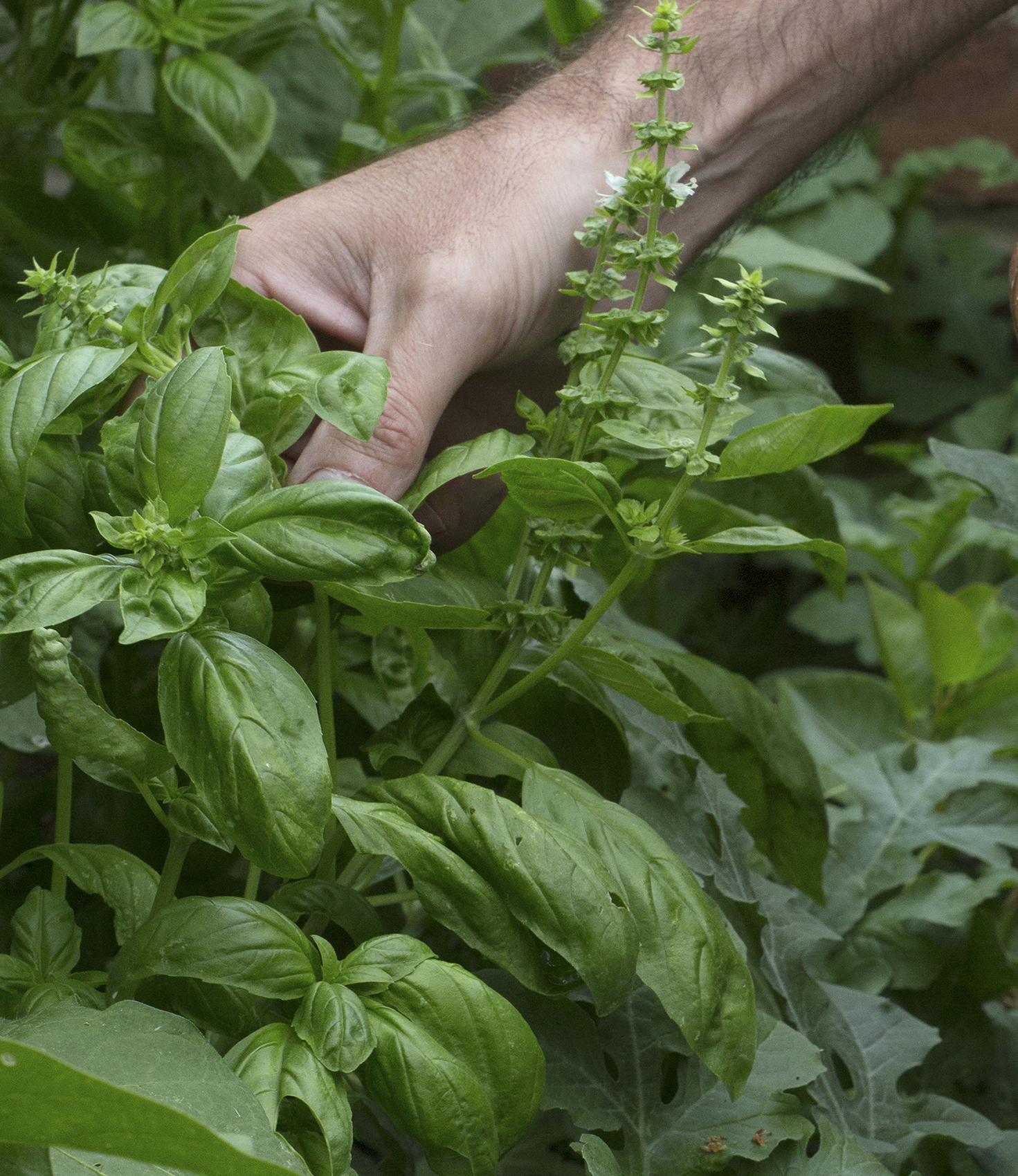
When should basil be pruned?
When to prune basil? 'Any time after the young plant has reached a height of 6-8in,' explain the experts at Bonnie Plants.
How do you trim basil so it keeps growing?
Regular harvesting of basil will increase productivity and ensure the best flavor – adding a delicious quality to sauces, oils, pesto, salsa verde and much more.
'How to prune basil in order to achieve nice big bushy plants is to cut off the top ¾in of immature plants when they get to about 6in tall. This will stimulate them to branch out and become bushier plants rather than tall and thin,' advises Lucy Hutchings of She Grows Veg and author of new book Get Up and Grow.
'You can keep doing this as your plant sends out new stems and don’t forget to add what you snip off into your next salad,' Lucy adds.

How do you trim basil to make it bushy?
To trim basil to make it bushy, pinch the tops of the stems regularly.
'Keeping the basil stems pinched encourages the continual production of tender new leaves and prevents the plant from flowering and producing seeds,' say the experts at Bonnie Plants.
- Pinch the leaves from the tips of the stem so that the plant branches and makes more leaves.
- Give the basil plant a light trim once a week or every other week during summer depending on how fast it is growing.
- Find the place on the branch where new tiny leaves are forming.
- Clip the basil branch about 1/4 inch above these leaves using your fingertips or herb pruners.
- You can repeat this same process with any branches that have tiny leaves growing.
- You can be quite ruthless, but do not prune the basil plant back by more than a third.
- Pruning basil doubles the amount of leaves produced on that stem.
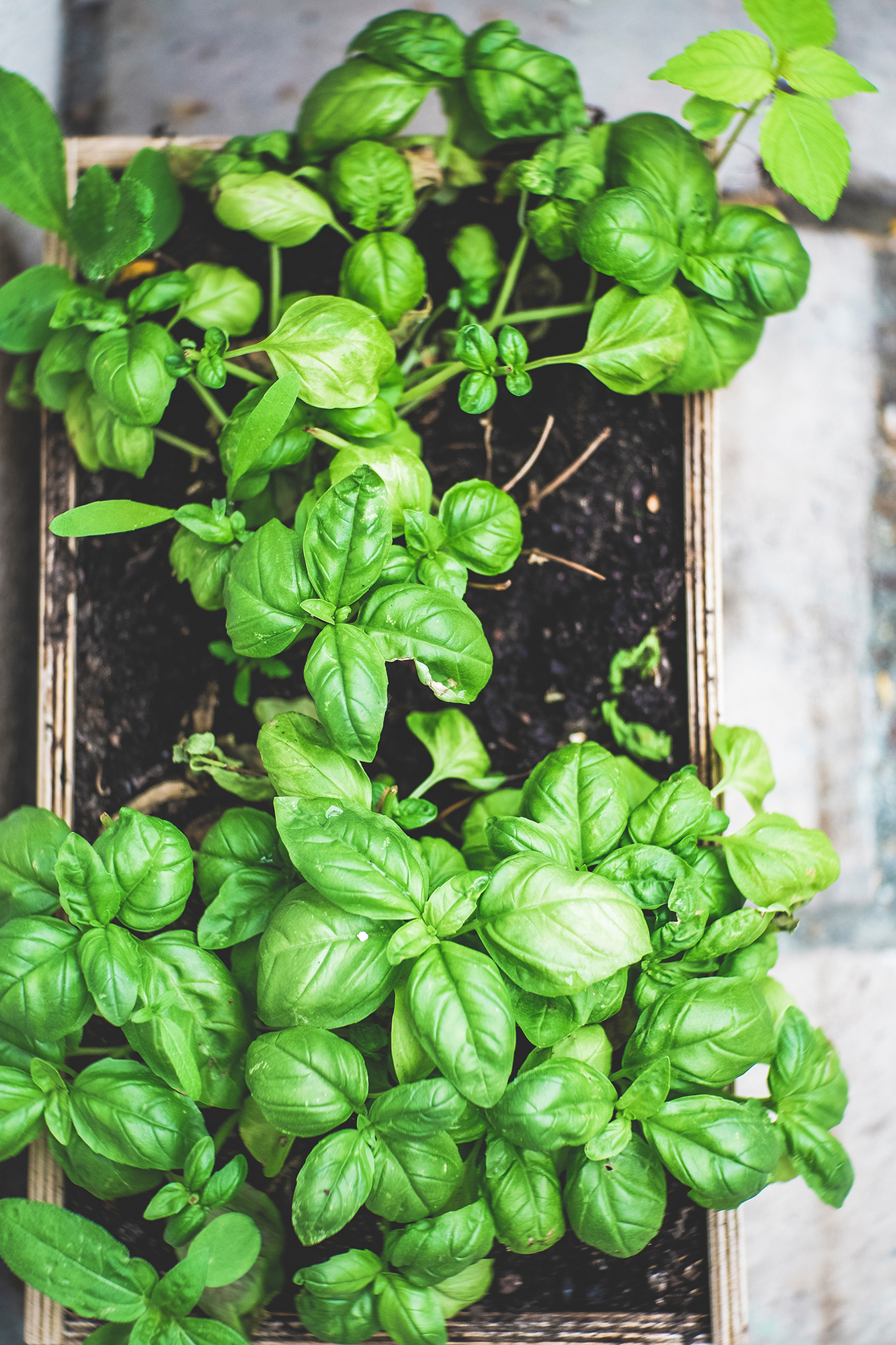
'Never cut the woody part of the plant near the base as the basil won't grow back,' advise the experts at Bonnie Plants.
How do you prune basil so it grows forever?
You can not prune basil to grow forever, as it will eventually die off. But by regularly pruning a basil plant you will prolong its life and vitality and keep the plant in the leafy stage for as long as possible. Keep the stems pinched even if you don’t use the leaves.
'Remove basil flower buds as soon as they appear to maintain foliage flavor. But don’t worry if a few blossoms appear – these are also edible and make a lovely addition to salads,' says gardening expert Melinda Myers.
If the plant begins to flower and make seeds, it will slow down its vegetative growth and will stop producing leaves.
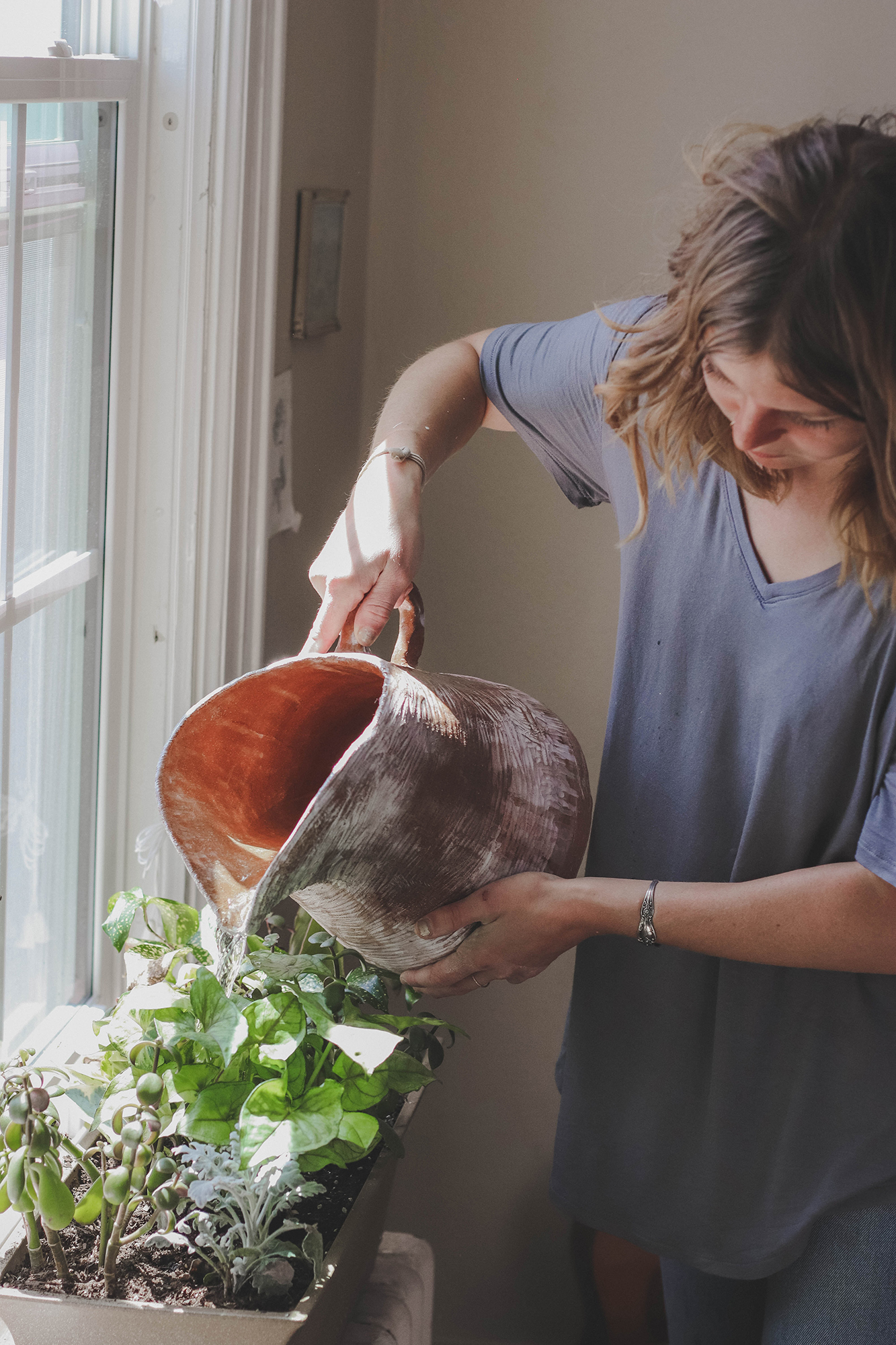
Once the nights begin to cool down, the growth of the basil plants will slow dramatically.
'At even the slightest prediction of a frost, harvest all of the leaves immediately as they will quickly turn black,' advise the experts at Bonnie Plants.
'Place the basil plant stems in cold water, which will keep them fresh for days,' they add.
Basil dries very well for an annual herb. It also retains its flavour well if frozen in a purée.
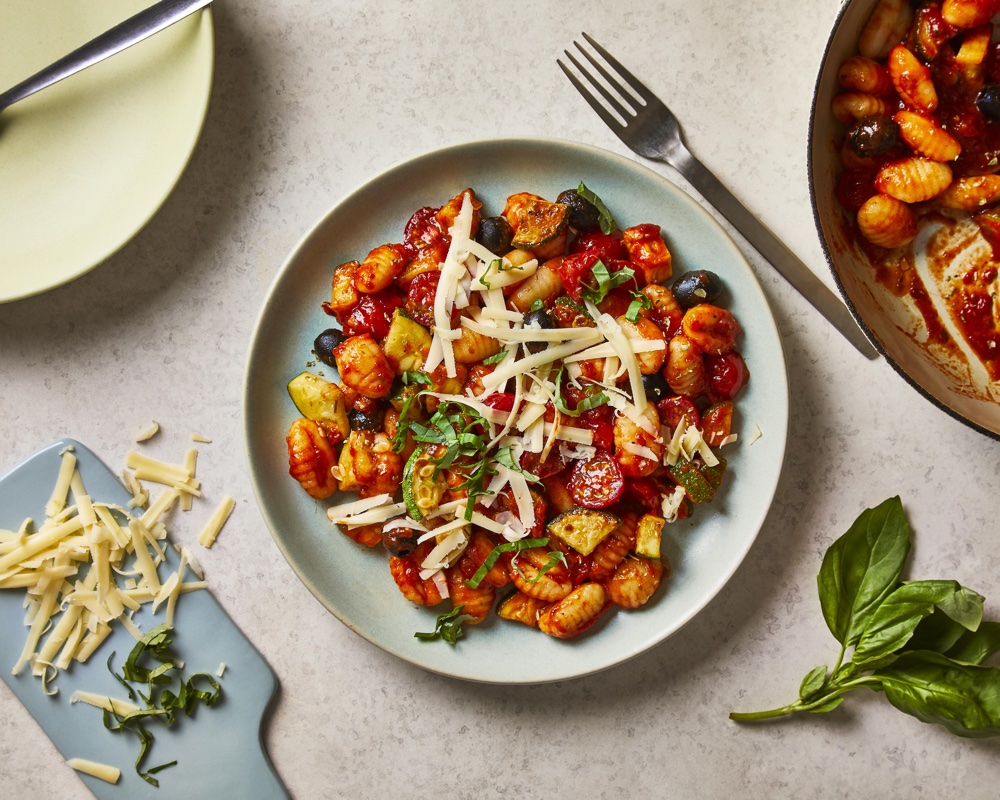
What do I do if my basil plant is too tall?
If your basil plant has grown too tall, then pinch the stem back to above to above where new tiny leaves are forming to encourage it to grow more stems sideways and become bushier.
Make sure you continue to trim the basil plant regularly, as above, to encourage more lateral growth.
This feature was created by H&G sister brand, Period Living magazine
Subscribe to Period Living for more inspiration
Period Living is the UK's best-selling period homes magazine. A subscription provides you with all you need to know about caring for and improving a traditional house and garden
Rachel is senior content editor, and writes gardening content for homesandgardens.com, Homes & Gardens magazine, and its sister titles Period Living Magazine and Country Homes & Interiors. She has written for lifestyle magazines for many years, with a particular focus on gardening, historic houses and arts and crafts, but started out her journalism career in BBC radio, where she enjoyed reporting on and writing programme scripts for all manner of stories. Rachel then moved into regional lifestyle magazines, where the topics she wrote about, and people she interviewed, were as varied and eclectic as they were on radio. Always harboring a passion for homes and gardens, she jumped at the opportunity to work on The English Home and The English Garden magazines for a number of years, before joining the Period Living team.

